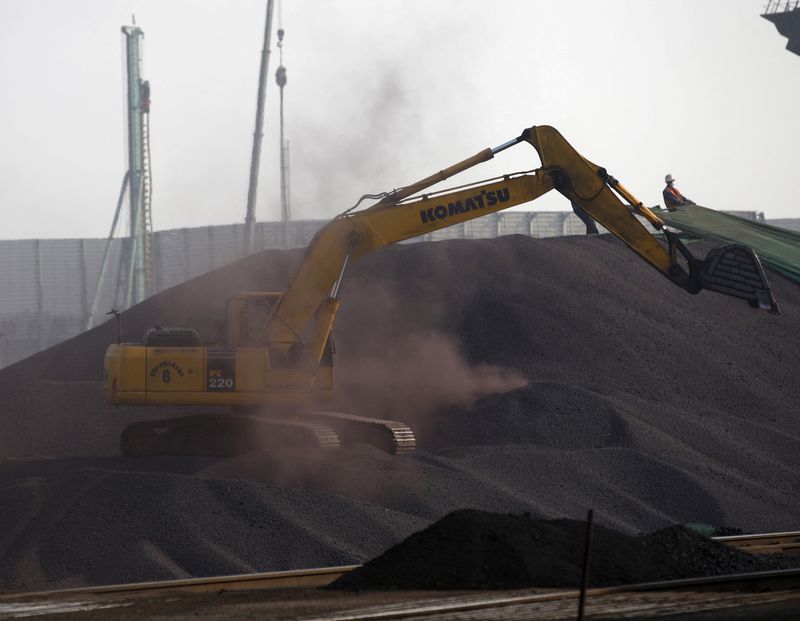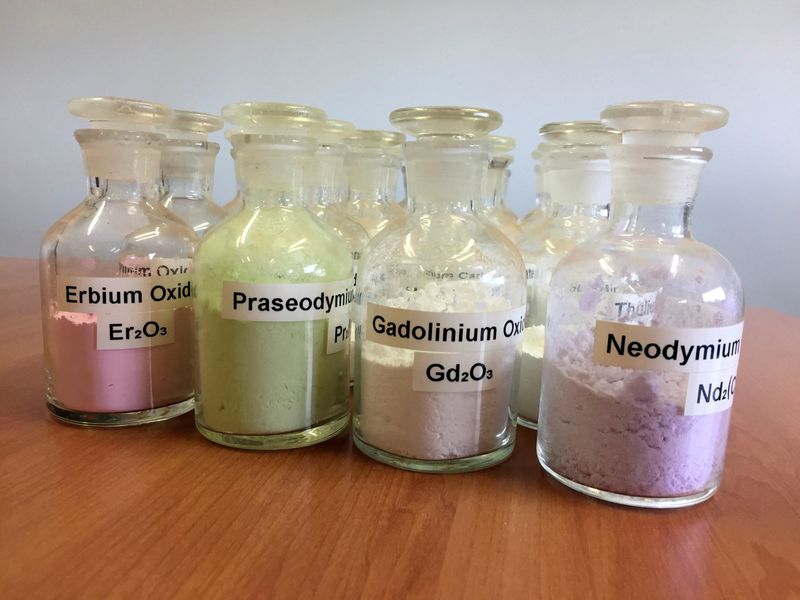Launching into 2022 with an update on COVID-19
Happy New Year, everybody. We hope you had a chance to spend some time with family and recharge your batteries over the past few weeks. We here at “Domo on Data” did—and are ready to bring you more insights from the world of data

Happy New Year, everybody. We hope you had a chance to spend some time with family and recharge your batteries over the past few weeks. We here at “Domo on Data” did—and are ready to bring you more insights from the world of data. We’d love to be able to start 2022 on a positive note, but unfortunately the influx of COVID-19 cases here in the United States is dominating our attention. So, that’s where we’ll begin.
If you look at our COVID-19 Tracker, you will see that more than 1 million new cases were recorded on Jan. 3, and that the worst single day totals for new cases since the pandemic began occurred very recently, as well. Ugh. But let’s focus for a minute on a few data points related to those stats, starting with the high number of cases being reported. In the following visualizations, you can see the number of cases over time, as well as a zoomed-in view starting Dec. 1, 2021:
What’s obvious from the zoomed-in view is the pattern of fewer cases being reported on weekends especially compared to Mondays, which seem to be a “catch-up” day. This has been happening for a while now—but was more pronounced the last two weeks, as the weekends were also holidays. For this reason, we mostly look at the seven-day moving average, which has also been increasing at a rapid rate over the last few months. What’s interesting is that, in the last month or so, the rate of new cases has been increasing so much that by the end of the week the number of new cases has matched Monday. That will be worth monitoring in the current wave.
Now, let’s look at cases versus deaths, starting with a couple quick-but-important points on the visualization directly below. First, I have normalized the axes so that peak cases and peak deaths during the pandemic’s third wave are roughly equal in height. (This is to help in the comparisons of deaths relative to cases in each wave over time.) And second, I have used the seven-day rolling averages to smooth out some of the reporting inconsistencies among the different states:
If we analyze the data now, we see how deaths trail cases—both in peaks and valleys—by a few weeks. Additionally, we see that the ratio of deaths-to-cases was much higher at the beginning of the pandemic versus any other time frame. Back then, there was little understanding of the virus, no therapeutics, no vaccines, and hardly any testing available. As progress has been made on those fronts, the ratio of deaths-to-cases has gone down. With this latest wave, which seems to be driven by a new variant that appears to be less deadly than previous ones, the hope is that the ratio declines even more.
This data will update daily, so do check back periodically to see how it changes. And if you are a Domo customer and would like to plug into COVID-19 data, get the connector in the Domo Appstore. Thanks, and have a happy, safe, and prosperous 2022!
What's Your Reaction?



























:quality(85):upscale()/2024/09/09/785/n/1922283/901e710666df358b373de2.40207443_.jpg?#)
:quality(85):upscale()/2024/07/23/904/n/1922283/dc92642c66a0159ee98db4.72095370_.jpg?#)
:quality(85):upscale()/2024/07/10/842/n/1922283/8fb902af668edd399936b2.17277875_.jpg?#)
:quality(85):upscale()/2024/06/07/909/n/1922283/82a389f8666372643f2065.06111128_.jpg?#)
:quality(85):upscale()/2024/06/07/726/n/1922283/10bee64e666334778cf548.63095318_.jpg?#)
:quality(85):upscale()/2025/02/03/788/n/1922283/010b439467a1031f886f32.95387981_.jpg)
:quality(85):upscale()/2025/01/08/844/n/1922398/cde2aeac677eceef03f2d1.00424146_.jpg)
:quality(85):upscale()/2024/11/27/891/n/1922398/123acea767477facdac4d4.08554212_.jpg)
:quality(85):upscale()/2024/12/02/919/n/1922398/2b4b75f6674e20edcc99c3.42112799_.jpg)
:quality(85):upscale()/2024/10/29/690/n/1922398/e9bec6b46721006258d949.01358236_.jpg)











